Ask architects which Australian magazine they choose to read or to publish their work and the answer is most likely Architecture Australia. If you want to be up to date with the best built works and the issues that matter, then Architecture Australia is for you. Its commissioned contributors are independent, highly respected practitioners, architectural thinkers and design commentators and each article is supported by images from leading architectural photographers. Provocative, informative and engaging – it is the national magazine of the Australian Institute of Architects.
Serendipities, practicalities and festivities
Designing with the past for the future • We acknowledge the Traditional Owners of Country throughout Australia and recognize their continuing connection to land, waters and culture. We pay our respects to their Elders past, present and emerging.
Architecture Australia
Heritage value: What is it, who decides and how can we respect the past while designing for the present and the future? • Practitioners working with heritage, and architects committed to extending the life of existing built fabric, are constantly considering these questions as our cities grow and evolve, and the need to reduce our carbon footprint becomes increasingly evident. Here, we ask nine individuals with experience in the field for their views on the value of heritage, adaptive re-use techniques and designing new buildings that will endure.
Koning Eizenberg Architecture • Based in California but with roots in Melbourne, Koning Eizenberg Architecture has continued its transformational work with the Children’s Museum of Pittsburgh, making its history discoverable by turning a sombre, nineteenth-century library building into a youth-centred “lab” using new materials, natural light and colour.
Liminal Architecture with WOHA • Jointly funded by the University of Tasmania and state and federal governments, and adjoining Australia’s oldest continually operating theatre, a collaborative design project embeds historical and new cultural narratives in architectural form and adds a contemporary layer to existing heritage buildings in Hobart.
Neeson Murcutt and Neille • In Sydney’s inner west, Neeson Murcutt and Neille has rejuvenated an historic school, linking a disjointed conglomeration of buildings and creating spaces for contemporary learning without losing the memory of previous built forms.
Kerstin Thompson Architects • In the midst of Melbourne suburbia, a project that runs the gamut of conservation strategies demonstrates an “elective heritage” that acknowledges cultural and architectural significance while incorporating radical changes for the future.
New into old
Reading Country: Seeing deep into the bush • Country and its deep past is a vital part of First Peoples’ heritage. To respect this heritage and “keep everything in balance,” built environment professionals must develop relationships with local communities who can narrate and interpret for each project. Danièle Hromek explains how she supports non-Indigenous practitioners to ensure that Country is at the heart of their designs.
Reading Country: Case studies • The projects featured here have been designed on Country through collaborative processes. In each case, the architect worked with Traditional Owner groups and others to consider how the design might impact the place, enhance its amenity and reflect its very particular narrative.
Heritage under threat: The role of activists • Community activists can be powerful advocates in the fight to protect buildings of unique social and cultural significance. Experienced architect-activists Christine Phillips and Tania Davidge consider recent campaigns – some of which are still in progress – to save valuable buildings across Australian cities.
Tactics of reconstructing the past:...
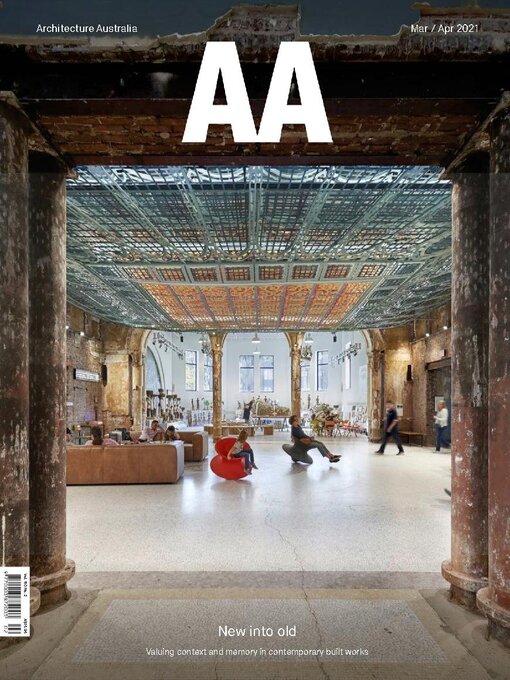
 Sep 01 2024
Sep 01 2024
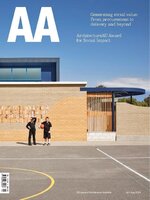 Jul 01 2024
Jul 01 2024
 May 01 2024
May 01 2024
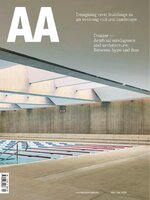 Mar 01 2024
Mar 01 2024
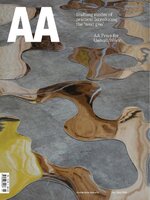 Jan 01 2024
Jan 01 2024
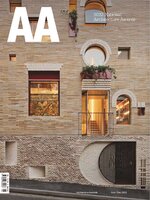 Nov 01 2023
Nov 01 2023
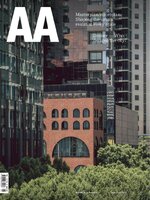 Sep 01 2023
Sep 01 2023
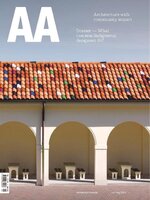 Jul 01 2023
Jul 01 2023
 May 01 2023
May 01 2023
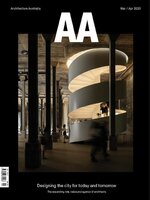 Mar 01 2023
Mar 01 2023
 Jan 01 2023
Jan 01 2023
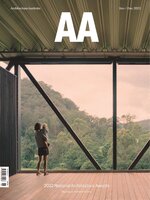 Nov 01 2022
Nov 01 2022
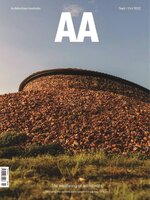 Sep 01 2022
Sep 01 2022
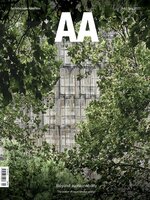 Jul 01 2022
Jul 01 2022
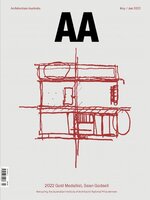 May 01 2022
May 01 2022
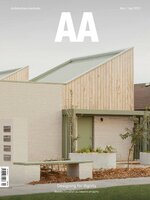 Mar 01 2022
Mar 01 2022
 Jan 01 2022
Jan 01 2022
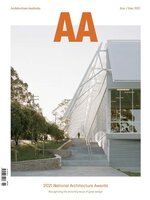 Nov 01 2021
Nov 01 2021
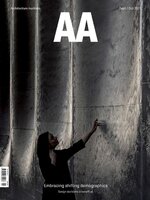 Sep 01 2021
Sep 01 2021
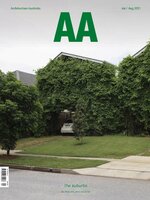 Jul 01 2021
Jul 01 2021
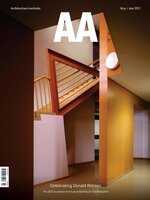 May 01 2021
May 01 2021
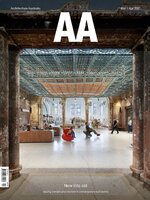 Mar 01 2021
Mar 01 2021
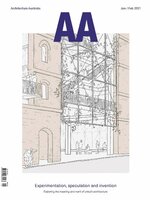 Jan 01 2021
Jan 01 2021
